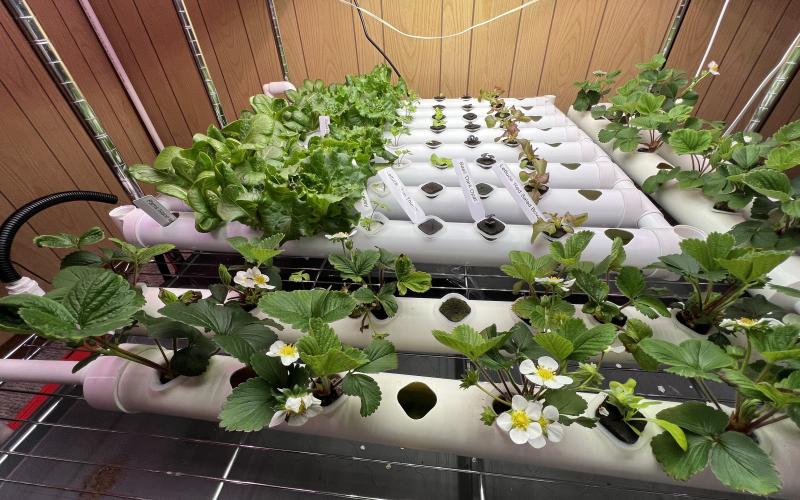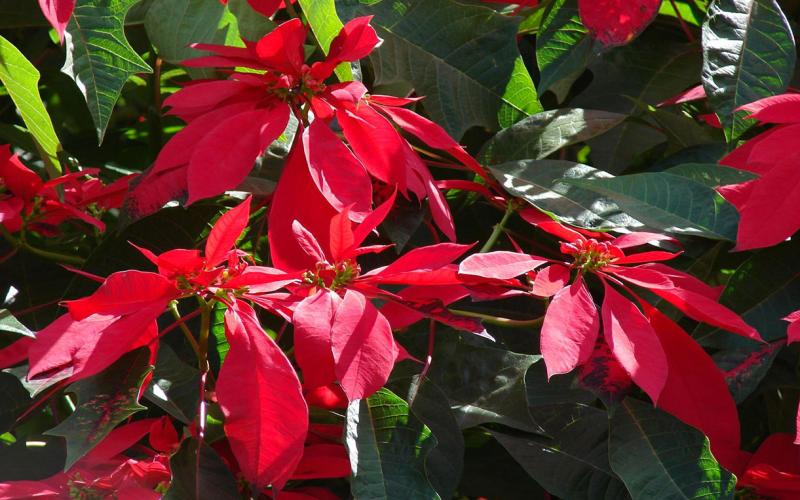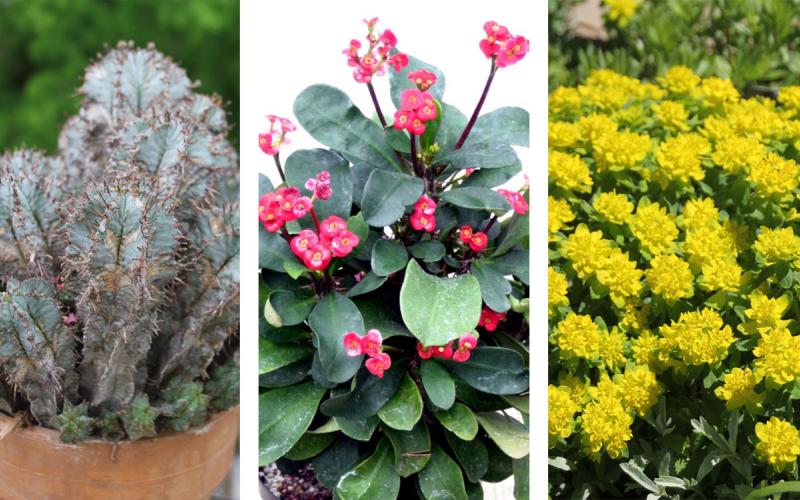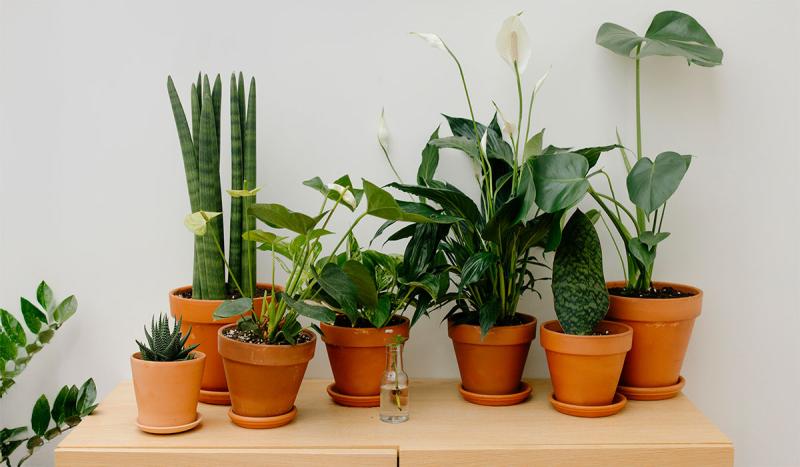
Original article by Carter Roberts, SDSU Student; and David Graper, former SDSU Extension Horticulture Specialist and Master Gardener Program Coordinator. Updated by Kerry Pile, SDSU Extension Horticulture Assistant; and Kristine Lang, Assistant Professor, Agronomy, Horticulture, and Plant Science. Special thanks to SDSU Extension Master Gardener Trainee, Max Peterson, for editorial review of this article.
Plants are beautiful. Who doesn’t love having beautiful flowers and interesting foliage to look at every day? Whether you choose to fill your home with a variety of plants, or simply add one or two, houseplants offer numerous advantages. They can elevate your décor, as well as satisfy culinary, intellectual, and emotional needs. With the rise of remote work, it's worth noting that having plants in the workplace can even boost employee productivity.
Houseplants can also add variety to an otherwise human, straight-line dominant environment. Like outdoor plants, houseplants are appealing and can serve many functional purposes. When planted and placed correctly, plants can screen, fill space, soften lines, hide views, improve traffic flow, reduce noise, and create space. Without knowing the other beneficial aspects of houseplants, one might choose a houseplant simply based on its appearance. The aesthetics of houseplants is the most-common benefit, but there are multiple other benefits as well. The allure of flowers, foliage, color, and plant structure is undeniable.

Humans share a deep bond with nature, and surrounding ourselves with natural elements can promote calmness, contentment and, as research shows, enhanced focus. Having indoor plants can offer similar benefits. Multiple studies have shown that caring for plants can help reduce stress and improve mood. Interacting with plants helps suppress sympathetic nervous system activity and reduces diastolic blood pressure. Matthew Wichrowski, MSW HTR, a clinical assistant professor and senior horticultural therapist at NYU Langone Medical Center, is quoted as saying, “Horticulture has great potential for improving human health and wellness... A biophilic space has the effect of improving mood and lessening depressive thought patterns.”
Another great psychological benefit of plants is that they help us work better. A University of Michigan study has shown that studying and working in the presence of plants increases concentration, memory, and productivity. According to the study, being “under the influence of plants” increases memory retention by up to 20%. A study by Texas A&M University showed that working and studying around plants leads to better quality and higher accuracy.
Houseplants can also provide much-needed moisture to dry environments. Plants release moisture from tiny pores in their leaves through the process of transpiration, thus increasing the humidity of the surrounding air. Plants are estimated to release nearly 97% of the moisture they consume.
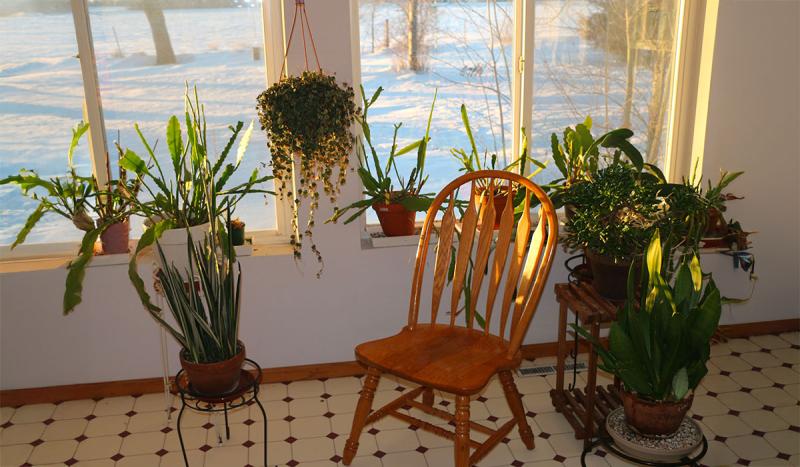
Although it may not seem desirable to increase indoor humidity during the hot and humid months, doing so can be extremely beneficial during dry Winter months. A study by the Agricultural University of Norway has shown that, when grouped together, houseplants decrease the likelihood of dry skin, common colds, and sore throats.
According to a Clean Air Study by NASA in 1989, houseplants help purify indoor air. The study was conducted in a controlled, sealed environment, which somewhat contrasts homes. Our living spaces are not as controlled, and many pollutants emitted from various everyday objects exist. Nevertheless, houseplants do not harm indoor air quality, and instead enhance it, even if marginally. Plus, houseplants offer many additional benefits, as described above.
If your houseplants aren’t looking their best, consult various helpful articles on caring for houseplants, available in SDSU Extension’s Indoor Plants content. You’ll find solutions for common houseplant problems, as well as articles covering specific indoor plants.
Reference and Resource
#PlantsDoThat, National Institute for Consumer Horticulture.
